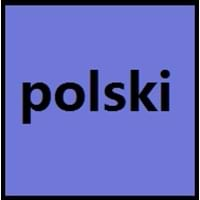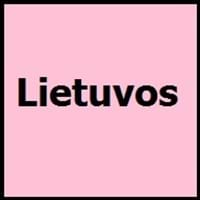Polish and Lithuanian
- Polish Language has many loanwords from Russian, Czech, French, Italian, Hebrew and German Languages.
- The earliest writings found in polish language was list of persons and place names, is dated to 1136.
- Lithuanian has many loanwords that originate from Slavic, Germanic and other Baltic languages.
- "Catheciusmus" is the oldest known book in Lithuanian language in 1547.
All Polish and Lithuanian Dialects
Most languages have dialects where each dialect differ from other dialect with respect to grammar and vocabulary. Here you will get to know all Polish and Lithuanian dialects. Various dialects of Polish and Lithuanian language differ in their pronunciations and words. Dialects of Polish are spoken in different Polish Speaking Countries whereas Lithuanian Dialects are spoken in different Lithuanian speaking countries. Also the number of people speaking Polish vs Lithuanian Dialects varies from few thousands to many millions. Some of the Polish dialects include: Kashubian, Masovian. Lithuanian dialects include: Samogitian , Aukštaitian. Also learn about dialects in South American Languages and North American Languages.
Polish and Lithuanian Speaking population
Polish and Lithuanian speaking population is one of the factors based on which Polish and Lithuanian languages can be compared. The total count of Polish and Lithuanian Speaking population in percentage is also given. The percentage of people speaking Polish language is 0.61 % whereas the percentage of people speaking Lithuanian language is Not Available. When we compare the speaking population of any two languages we get to know which of two languages is more popular. Find more details about how many people speak Polish and Lithuanian on Polish vs Lithuanian where you will get native speakers, speaking population in percentage and native names.
Polish and Lithuanian Language Codes
Polish and Lithuanian language codes are used in those applications where using language names are tedious. Polish and Lithuanian Language Codes include all the international language codes, glottocodes and linguasphere.





